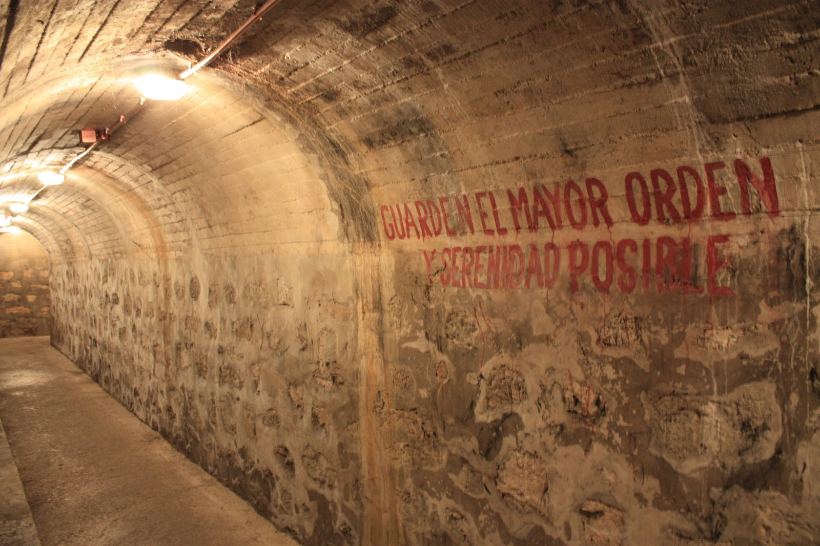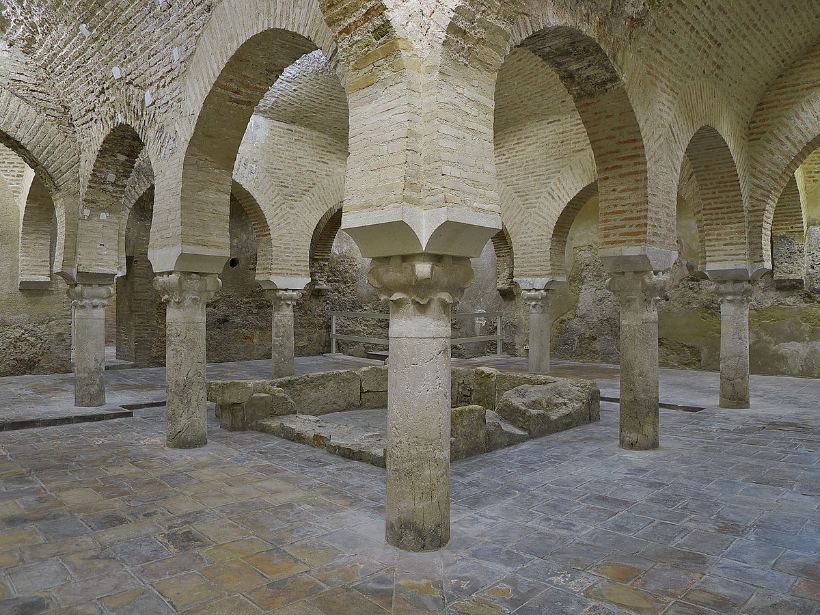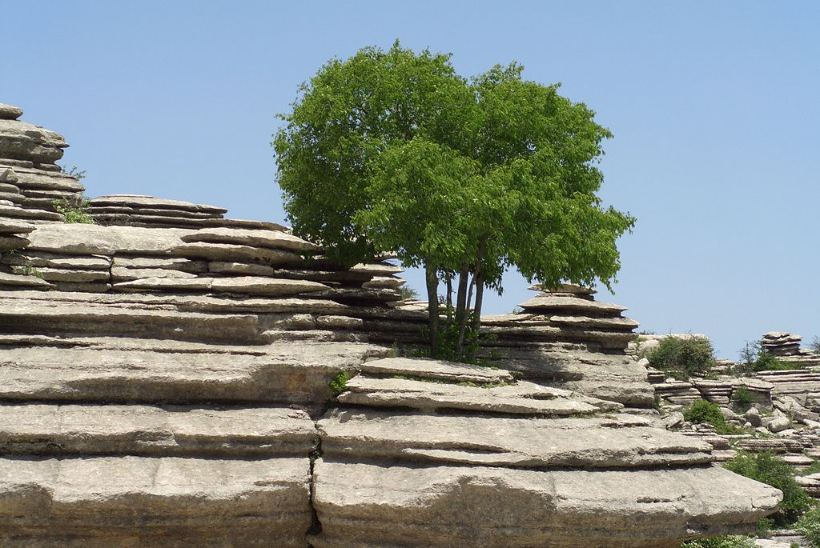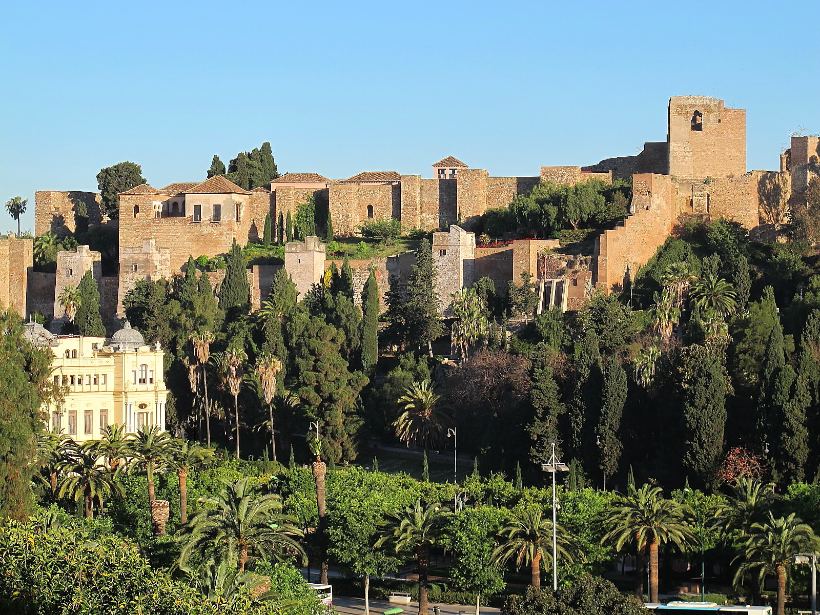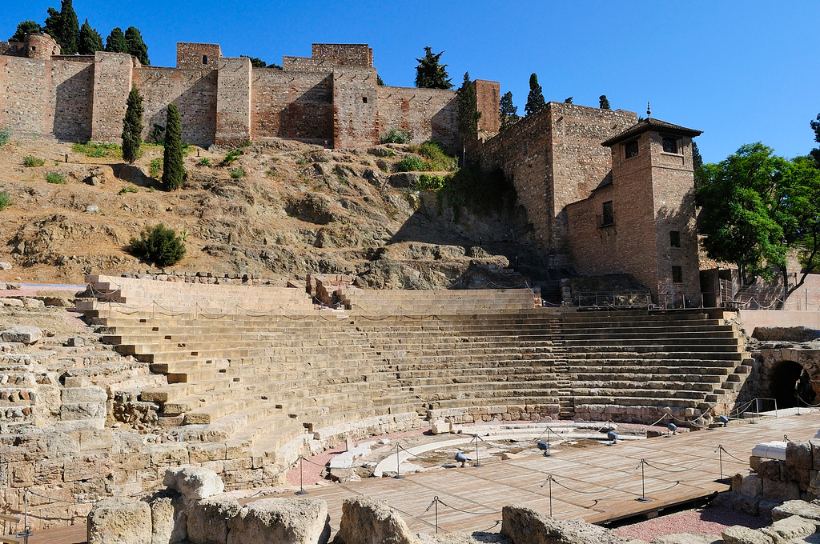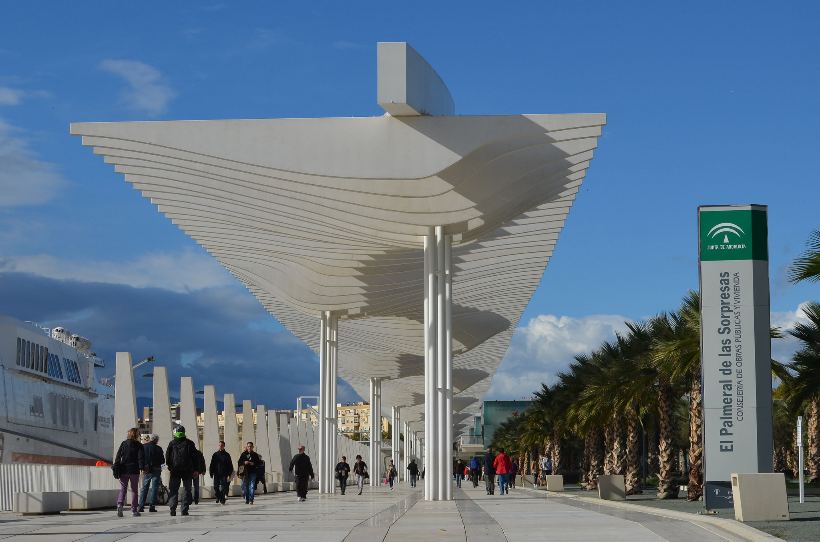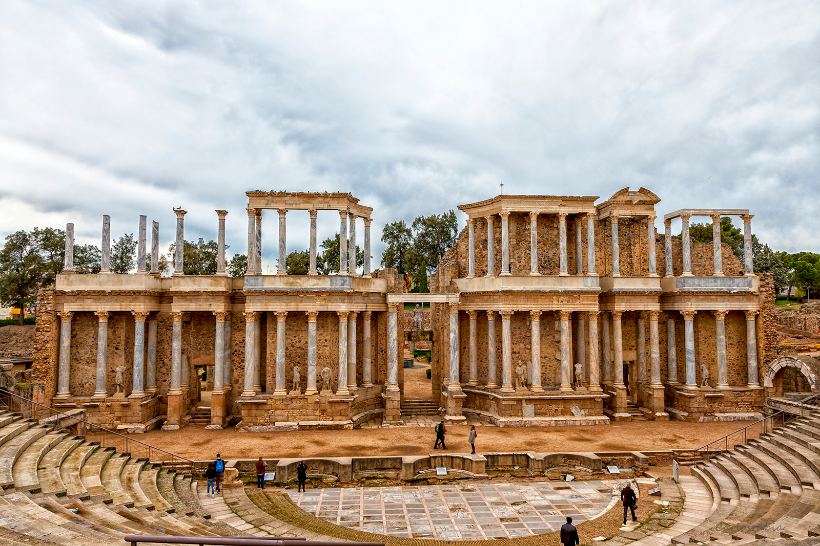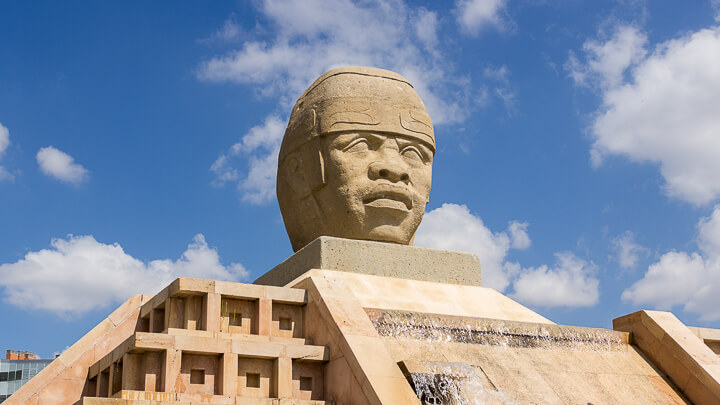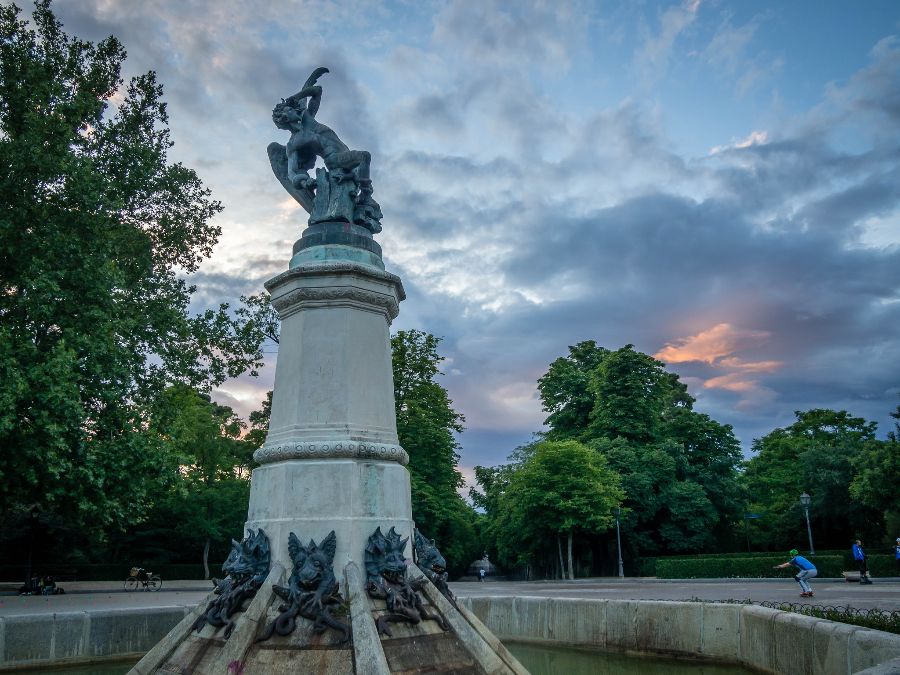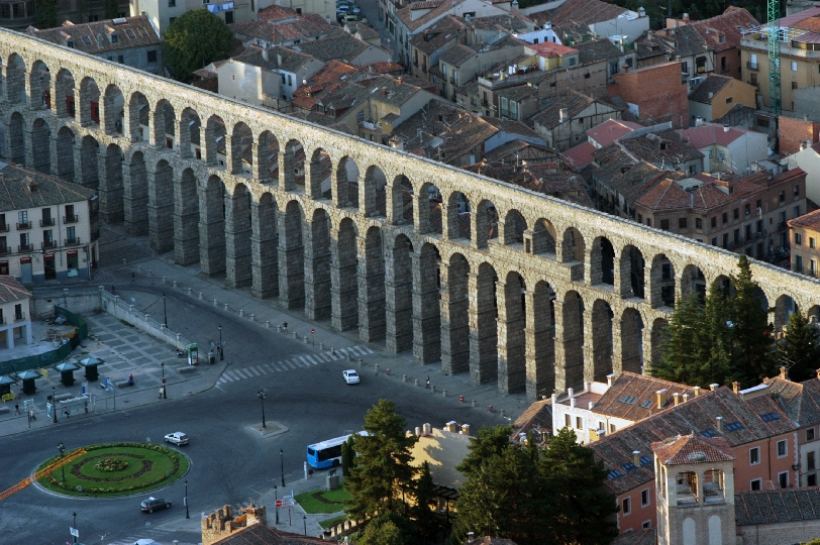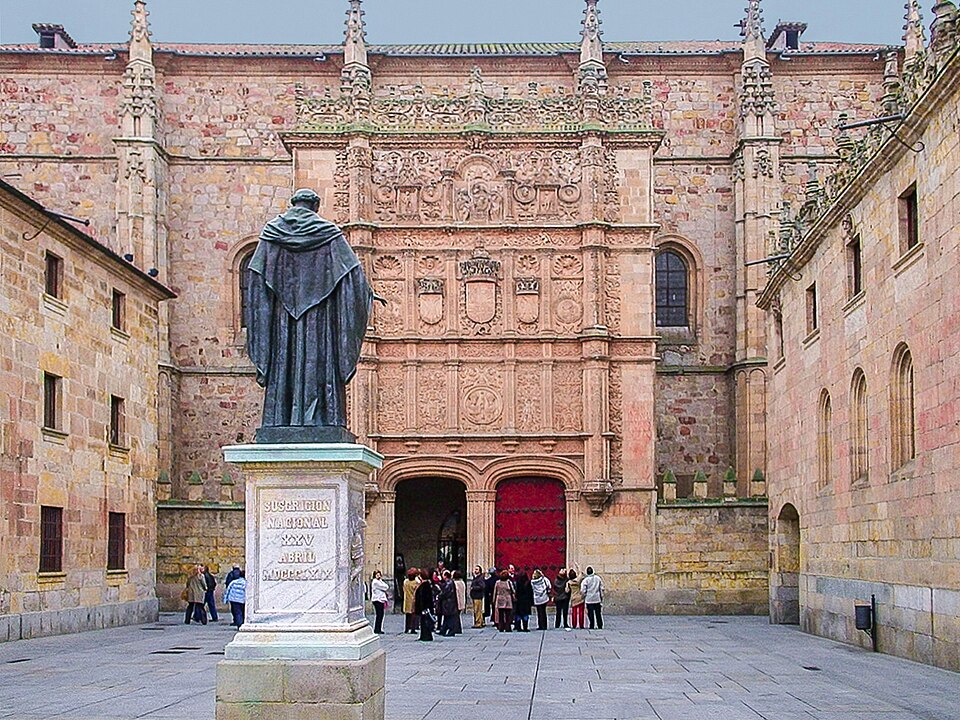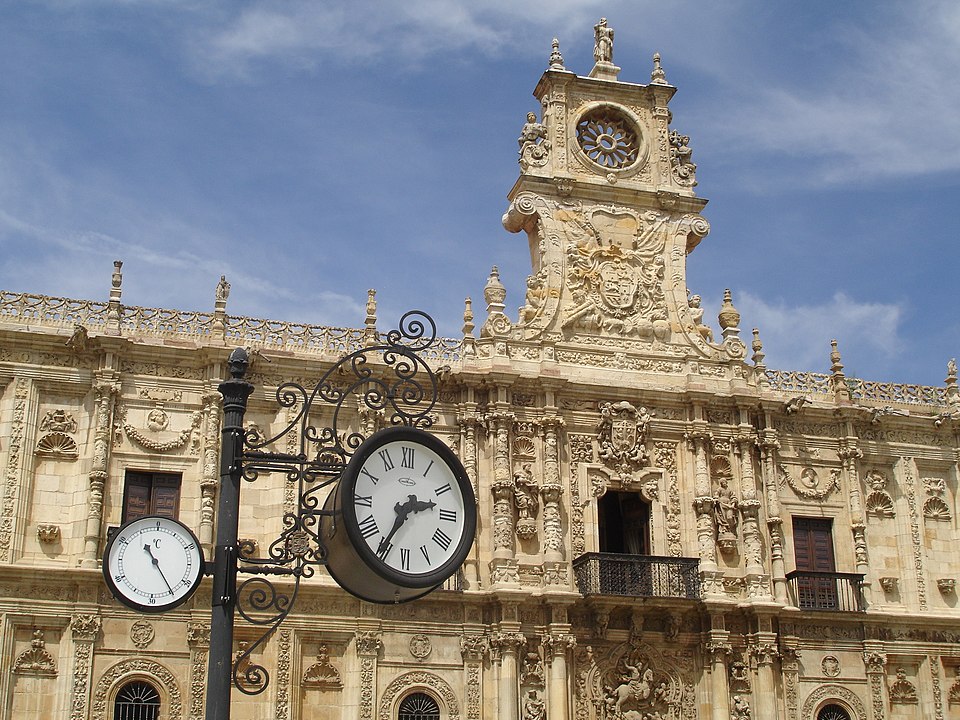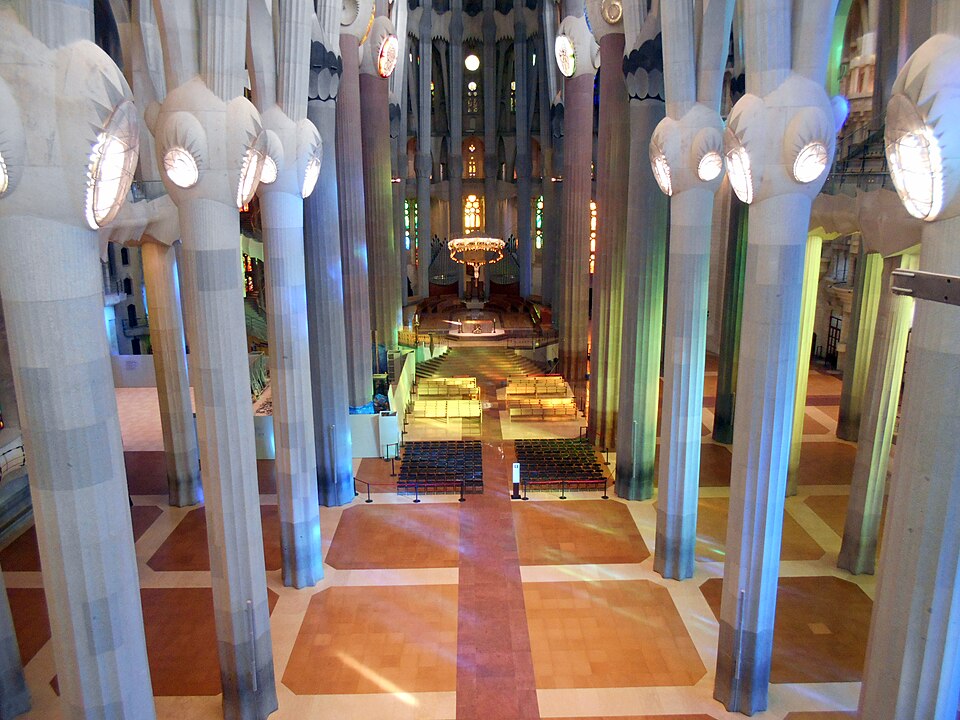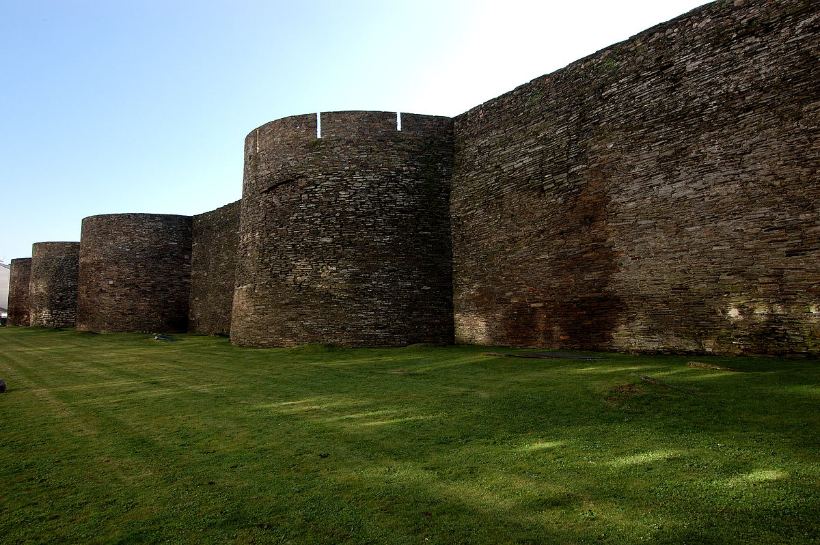Alhambra of Granada, an Andalusi palatine city
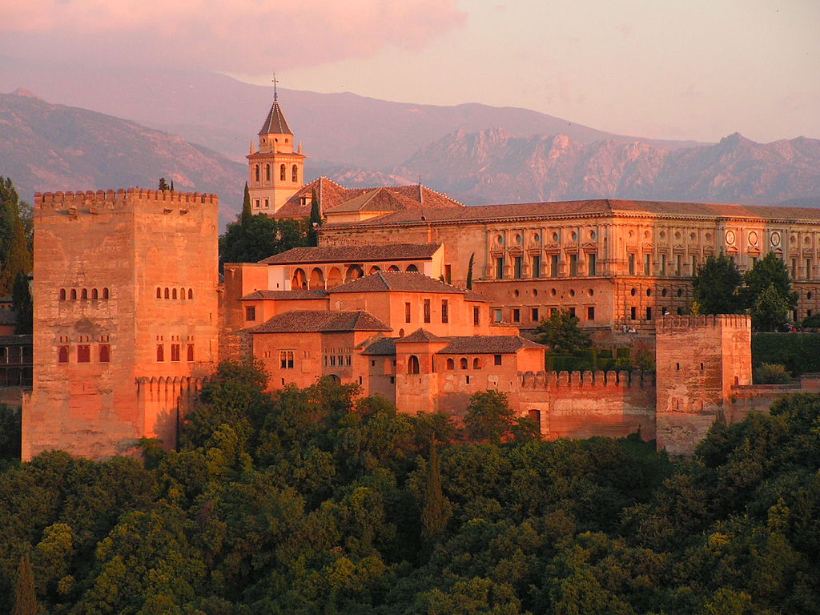
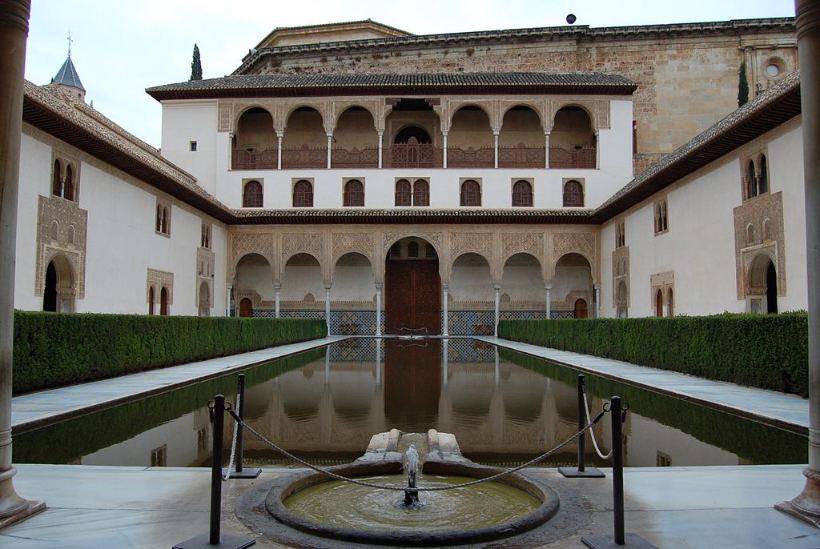
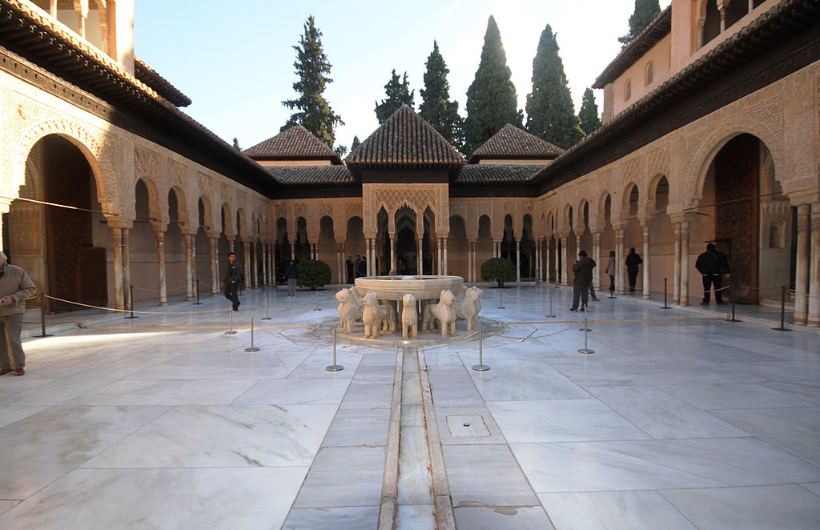
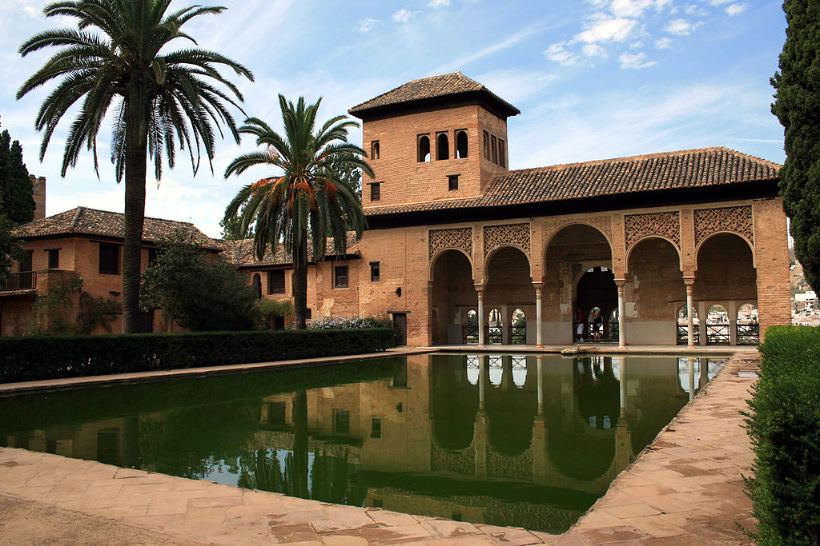
Actualizado el
The Alhambra of Granada is an outstanding Andalusi palatine city, fortress and residence of the Nasrid sultans, preserving a complex of palaces, towers, gardens and walls perched on the Sabika hill.
Foundation and Nasrid Era
- 9th century: watchtowers and small structures existed; in 1238 Sultan Muhammad I Al-Ahmar built the new Alcazaba and Nasrid palaces.
- Under Yusuf I (1333–1354) major walls and water cisterns were completed; Muhammad V (1362–1391) erected the famed Comares Palace (now the Court of the Myrtles) and the Palace of the Lions.
- The complex comprised three areas: the Alcazaba (military), the Mexuar and Nazari Palaces (government) and the Generalife (residence and leisure gardens).
Post-1492 Transformations
- After the Christian Conquest in 1492, the Catholic Monarchs commissioned restorations and Mudejar workshops.
- In 1526 Emperor Charles V built his Renaissance palace (now the Alhambra Museum) housing a premier collection of Hispano-Islamic art.
- Napoleon’s army blew up parts of the walls in 1812; following neglect, the site became state-owned in 1868.
- Since 1984 a UNESCO World Heritage site, it is one of Spain’s top tourist attractions.
Ultimately, the Alhambra fuses Islamic and Renaissance art, hydraulic engineering and unique topography, creating a historical palimpsest still marveling visitors with its harmony, stucco and tile ornamentation, and timeless gardens.
How to get there
A la Alhambra se puede acceder en autobús desde el centro de Granada, en coche por la ronda sur y a pie por Plaza Nueva y la Cuesta de Gómerez. Su dirección es calle Real de la Alhambra, s/n, 18009.
Decimal: 37.176944°, -3.590000°
DMS: 37°10'37" N, 3°35'24" O
